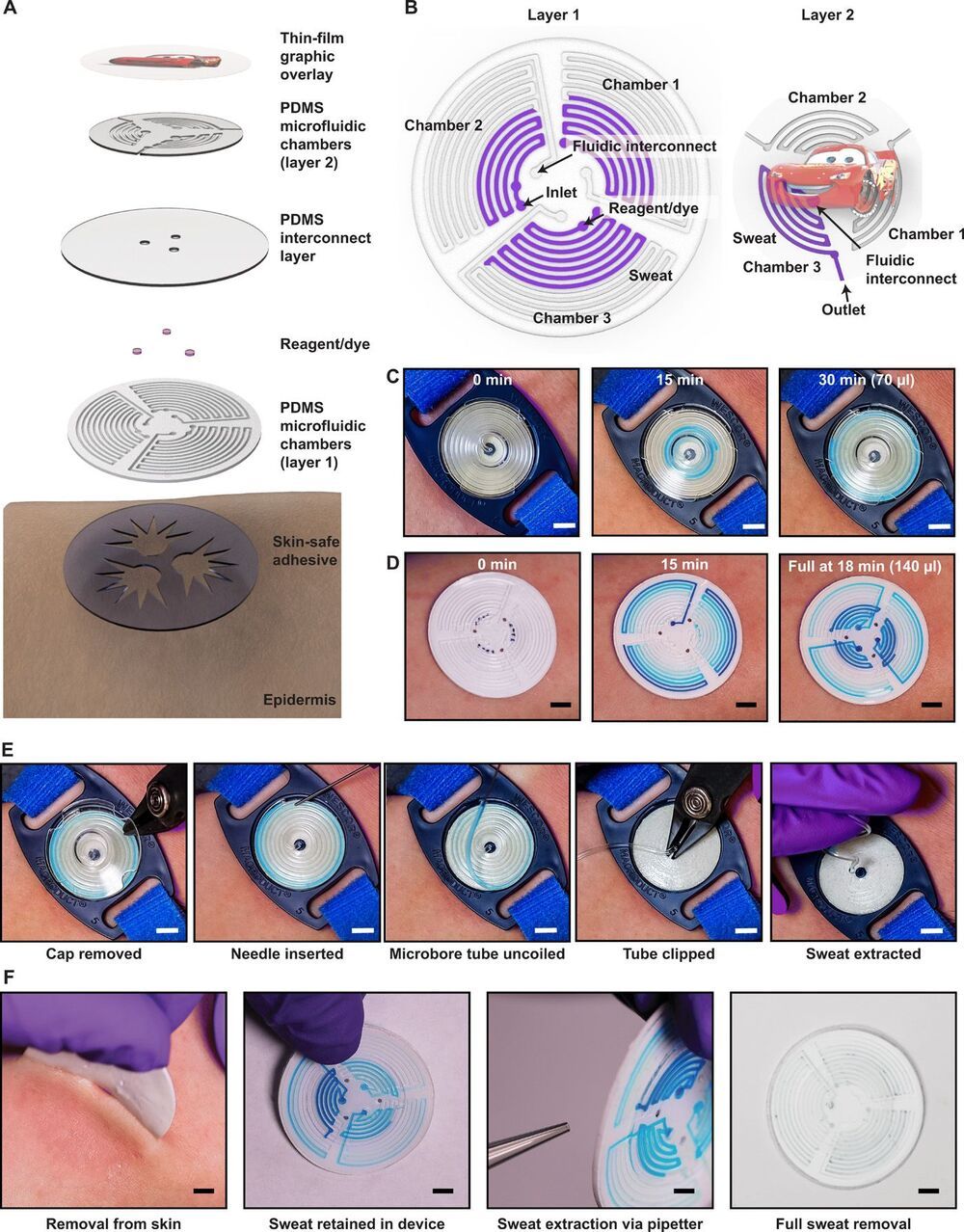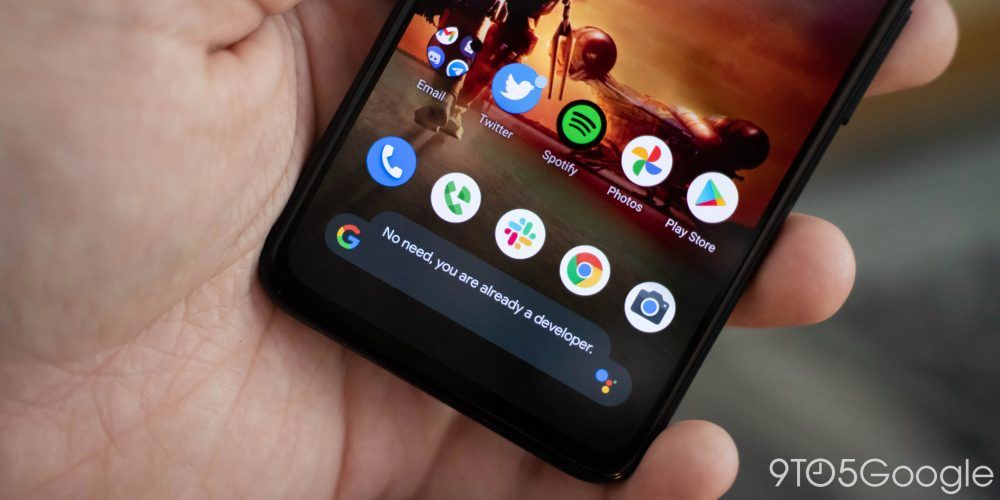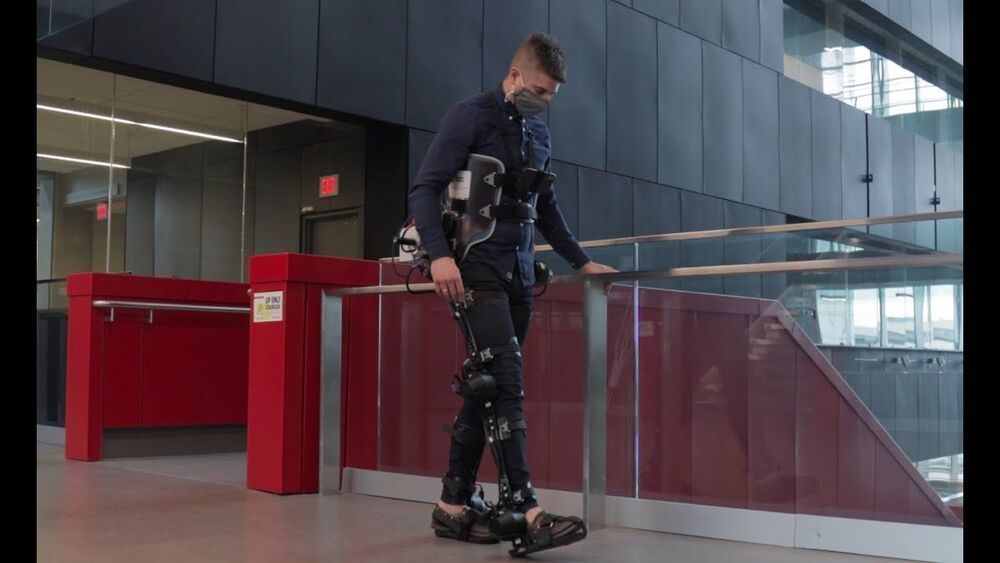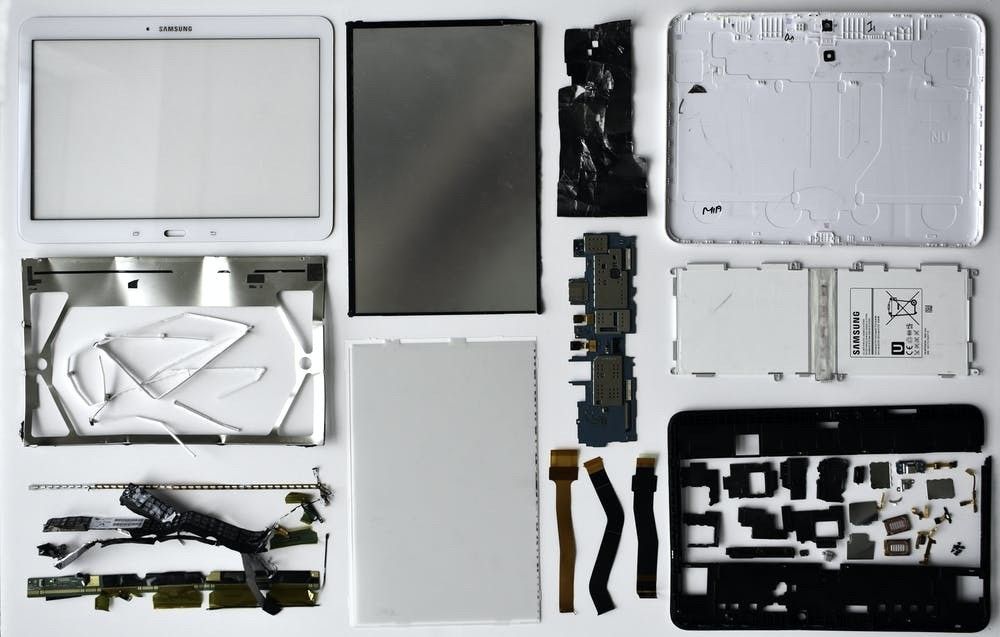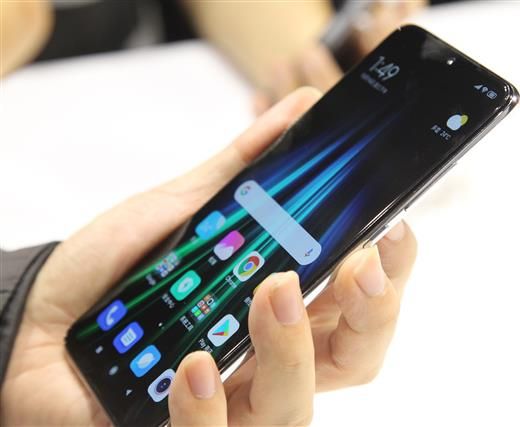Apr 23, 2021
Giant Android botnet compromise thousands of Internet TV users
Posted by Saúl Morales Rodriguéz in categories: cybercrime/malcode, mobile phones, robotics/AI
Human Security cybersecurity specialists reveal the finding of a massive botnet made up of compromised Android devices. This malicious operation, identified as Pareto, would aim to conduct advertising fraud related to payment connected television (CTV) services and would so far be made up of about one million infected devices.
As you will recall, the term botnet refers to a network of computer systems committed to a specific malware variant, executed autonomously and automatically and under remote control by attack operators.
Continue reading “Giant Android botnet compromise thousands of Internet TV users” »

